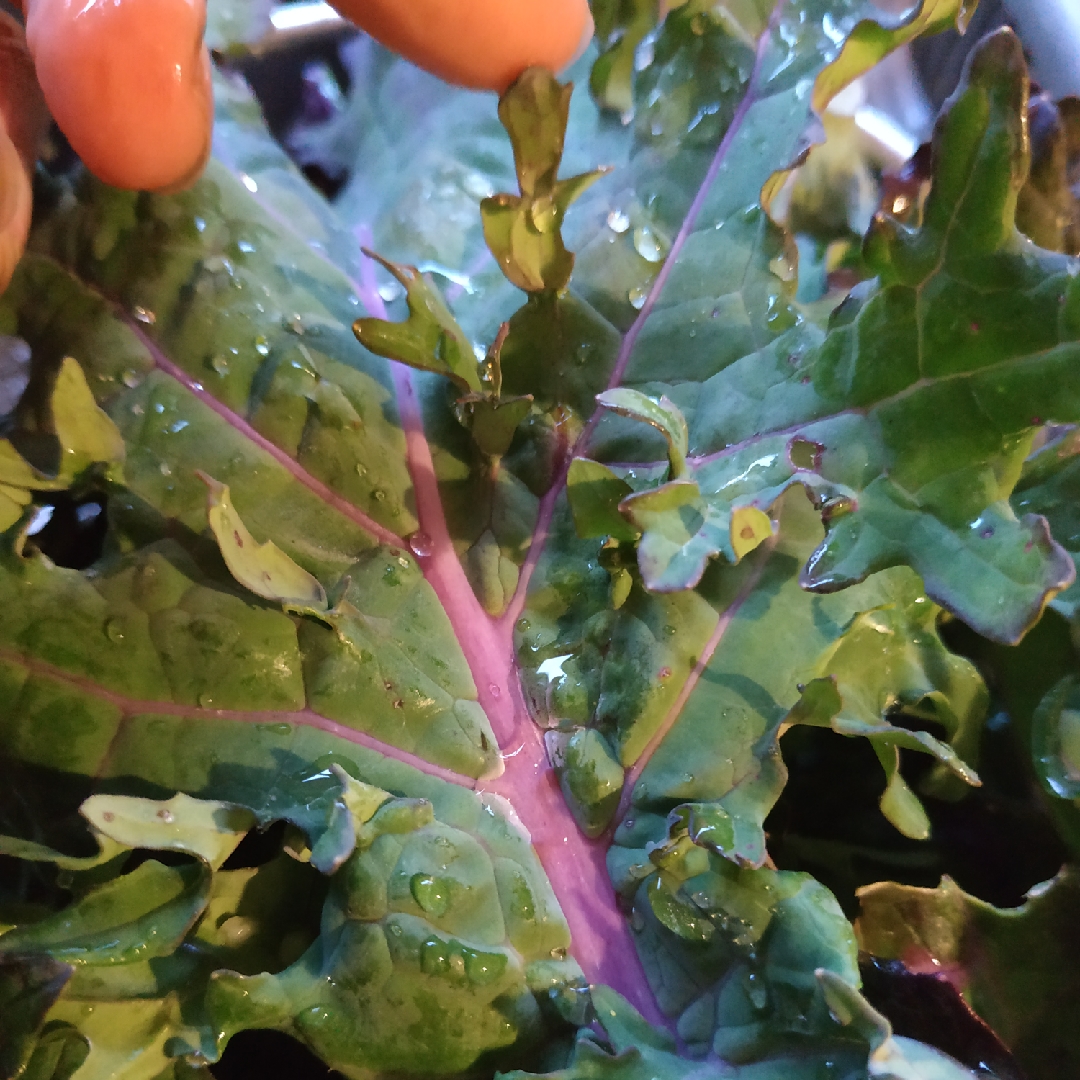
Brassica napus 'Red Russian'
Siberian Kale 'Red Russian'
Kale is a leaf cabbage that doesn't form a head. The leaves are green or purple, and the plants can vary a lot in size, depending on the variety. The flavour of kale is enhanced after frost. 'Red Russian' has grey/green 'oak leaf' shaped frilly leaves with purple veins that darken in the cold. It is sweeter and more tender than most varieties of kale. The young leaves can be used as baby leaves in salad,
-
Full sun to partial shade
-
Occasional watering
-
Full Frost Hardy: 5F (-15°C)
-
Free draining and fertile
Common name
Siberian Kale 'Red Russian'
Latin name
Brassica napus 'Red Russian'
type
Annual
family
Brassicaceae
ph
5.5 - 7.0 Acid - Neutral
Plant & bloom calendar
-
Best time to plant
-
When to harvest
full grown dimensions
 0.40 M
0.40 M
0.40 M
0.40 M
Brassica napus 'Red Russian'
Kale is a leaf cabbage that doesn't form a head. The leaves are green or purple, and the plants can vary a lot in size, depending on the variety. The flavour of kale is enhanced after frost. 'Red Russian' has grey/green 'oak leaf' shaped frilly leaves with purple veins that darken in the cold. It is sweeter and more tender than most varieties of kale. The young leaves can be used as baby leaves in salad,
Propagating by seed
From Late Winter TO Late Spring
Sow seeds in trays in the greenhouse in late Winter. Sow the seeds about 1" apart, and thin out the weaker plants as they grow. Or, for a later crop, sow direct in the soil in mid Spring.
Planting
From Early Spring TO Early Summer
Seedlings started off in the greenhouse should be hardened off gradually before being planted outside. Plant 12" - 18" apart (depending on the size of the variety being grown) and allow at least 2' between rows. Firm the plants in well, and give them a really good puddle of water. Seedlings that were sown direct in the soil should be thinned out to 12" apart (or replanted)











